It’s the year 2032, and half of the top 10 selling car brands in Australia are Chinese. Many of the top 10 from 2022 are nowhere to be seen in there now. Ford’s gone, so is Mitsubishi, Mazda and Subaru. Some traditional brands remain. There’s Toyota, Volkswagen, Nissan, Kia and Hyundai, but newcomers Haval, MG, BYD, Ora and Chery have broken through into the top 10 with affordable, sexy electric vehicles that have won over Aussies.
OK, we’re taking a wild stab in the dark here, but this scenario is not outside the realm of possibility.
Plus, this future is brought to you by the same writer who predicted in a story published recently that Kanye West would reveal a car only for the rapper to do exactly that three days later.
Seriously, the next decade will see a monumental shift in the car brands Australians decide to give their money. The conditions for the change are now perfect.
See, while car brand loyalty still very much exists, it doesn’t to the extent that it did when most of us came from either a Holden family or a Ford one.
Holden and Ford didn’t adapt fast enough to our changing tastes and almost before we knew it, Australian manufacturing closed up shop.
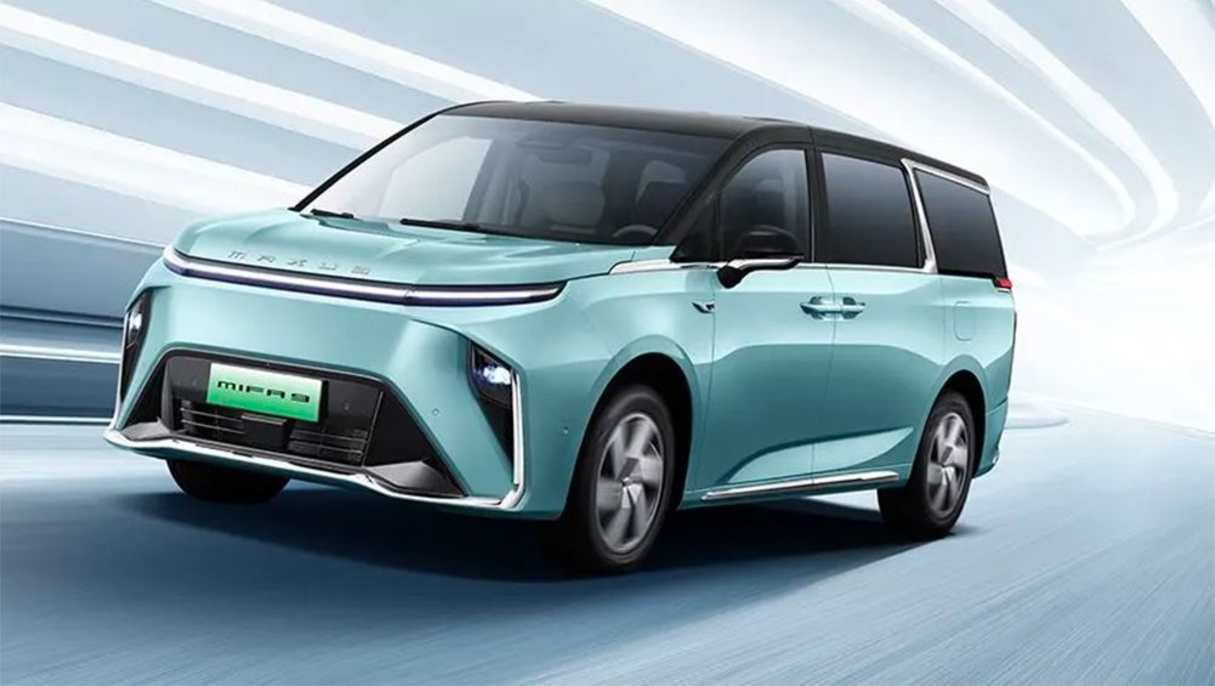
Toyota’s market-wide and decades-long dominance, the reincarnation of Hyundai and Kia as desirable brands, and the emergence of SUVs as the favourite form of car had presented Australians with other options. Good options.
Tesla’s gatecrashing of the auto industry party disrupted buying habits further. Here was the anti-car-company car company. The electric-only brand that made over the EV’s image from geek to beauty, from Toyota Prius to Model S.
So, with old loyalty smashed and a public open to new brands from phones to drones, the adoption of Chinese vehicles will be seamless.
Some of the names are already familiar to Aussies such as Haval and MG, others like Ora and BYD will become well known soon.
At the end of June, 2022 the top 10 brands in Australia from first to tenth are: Toyota; Mazda, Mitsubishi, Kia, Hyundai, Ford, MG, Isuzu Ute, Subaru and Nissan.
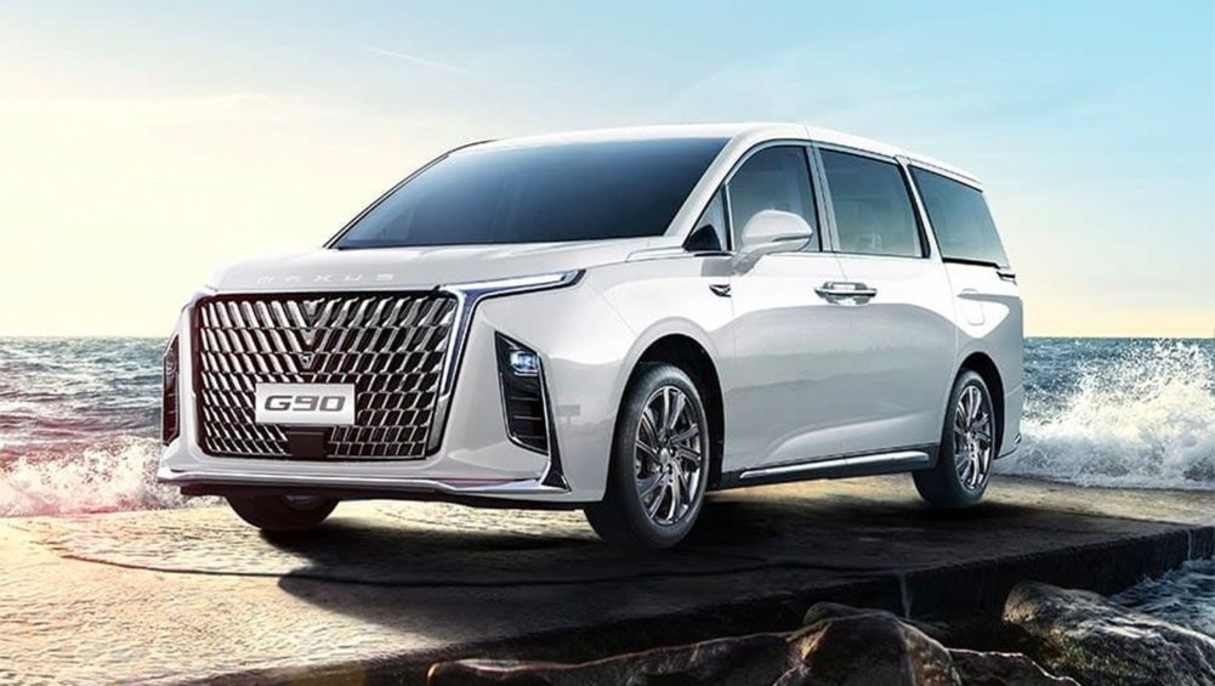
Chinese brand MG is already a top 10 player, but is it possible for Haval to join it soon?
Great Wall Motors (GWM) is the parent company of Haval and its head of marketing Steve Maciver sees a place in the top 10 happening sooner rather than later.
“GWM’s recent growth has seen us move ever closer to the top 10 brands. And ultimately, that’s where we see our future,” he said.
“With significant development in new product and a growing, professional dealer network, there’s every chance that a top 10 position can be achieved in the coming years.
“By 2032? We anticipate being firmly entrenched in the top 10 with a wide model range and multiple electrification options. Australia is a hugely important market for GWM from a global perspective and our local ambition matches this.”
.jpg)
By 2032 the uptake of electric vehicles will be much higher than it is today. Just 1.8 per cent of passenger cars and SUVs sold so far this year were pure electric cars. Sounds tiny but that’s more than three times as many over the same period in 2021.
The rate of take up will exponentially increase as more electric car brands come onto the market causing an automotive culture shift. It’s not crazy to say that within 10 years at least thirty percent of new cars sold in Australia will be pure electric.
It makes sense that any brand that wants to be in 2032’s top 10 will have to have a healthy electric vehicle line-up.
A lack of electric offerings could be Mazda’s downfall from the top 10. The brand which has long been a top 10 player seems to have pursued better and better combustion engine tech when it could be developing electric vehicles. And so it’s late to the electric party that Hyundai, Kia and Toyota have been at for some time.
Nissan’s been investing in reinvigorating its range and shedding its old models for new-generation versions starting with the X-Trail, Pathfinder and Z. Nissan was one of the first brands to bring an electric vehicle to Australia with its Leaf, but it will need to produce more EV models to stay in the 2032 top 10.
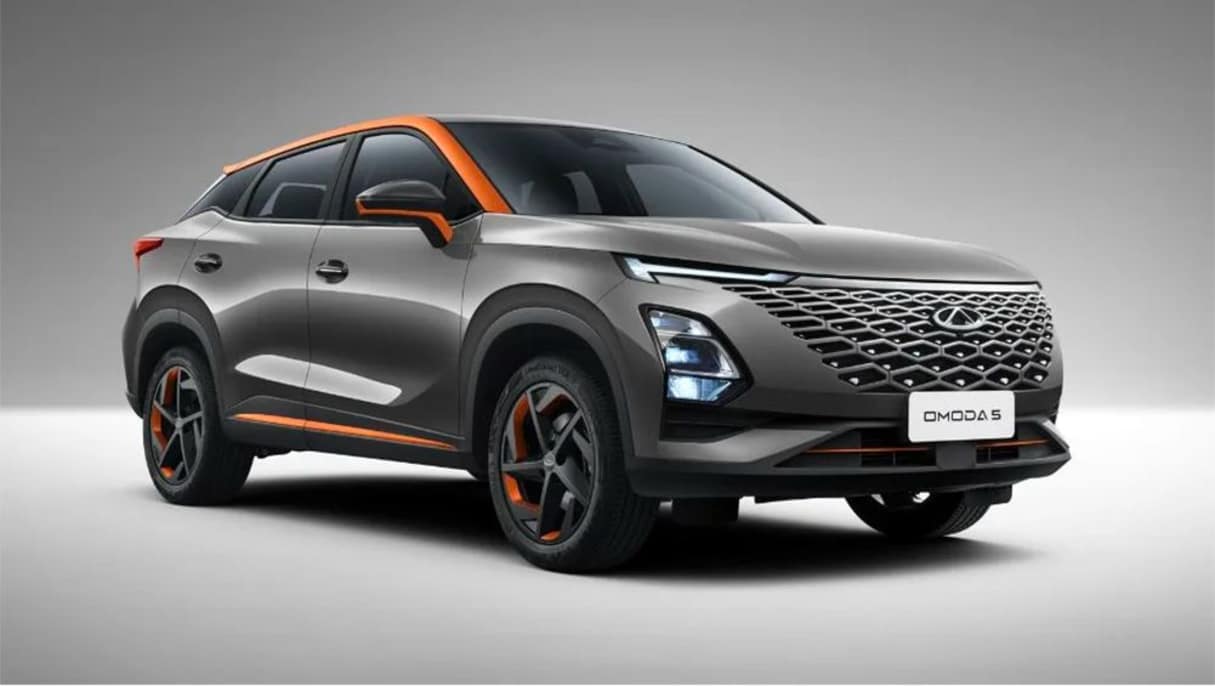
GWM is also the parent company of electric-only brand Ora, which is new to Australia and will offer its Funky Cat for about $50,000.
But before that, Chinese brand BYD will touch down in August 2022 with its Atto 3 electric SUV priced at $44,990 driveaway.
The Atto 3 joins the MG ZS EV with its driveaway price of $46,990 as the cheapest EV in Australia.
MG made its top 10 debut in March 2022 and has kept its place thanks to big sales of all three of its models - the MG3, MG ZS and MG HS.
Fellow Chinese brand Chery will make another attempt at winning Australians over with the arrival of the Tiggo7 Pro small SUV, the Tiggo8 Pro mid-size SUV, and the Omoda5 EV next year.
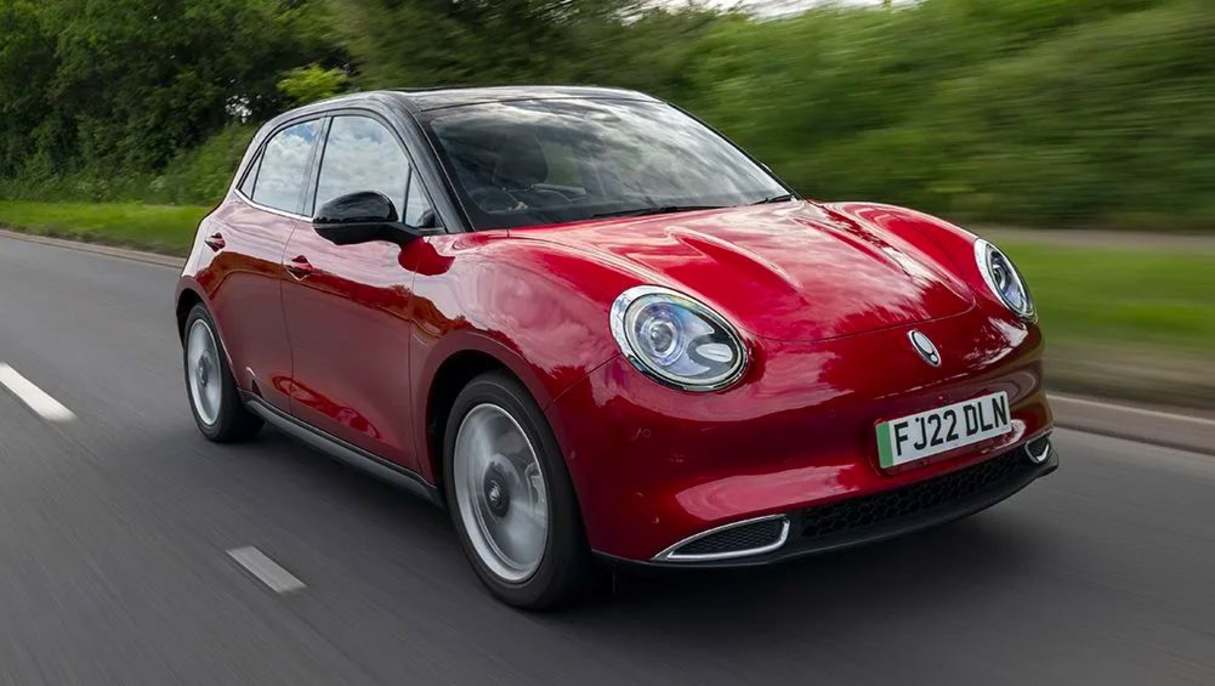
Toyota has been in the EV game longer than any brand, but chose to sell predominantly hybrids. Then in December last year Toyota pulled back the curtain and revealed it had 30 pure electric vehicles ready to roll out before 2030.
Hyundai and Kia ventured into electric waters early and bravely too with sub-brands, Ioniq and EV.
The world’s second largest car maker Volkswagen has yet to launch a fully electric vehicle in Australia but the brand is ready to roll out EVs en masse locally starting with the ID.4 and ID.5 SUVs in 2023, followed by the ID.3 hatch in 2024.
Volkswagen Group also owns Audi, Skoda and new-to-Australia Cupra. Recently the group’s managing director Paul Samson made its electric intentions clear.
“Volkswagen Group Australia’s target to become the leader in EVs is by no means ambitious; it is merely realistic,” he said.
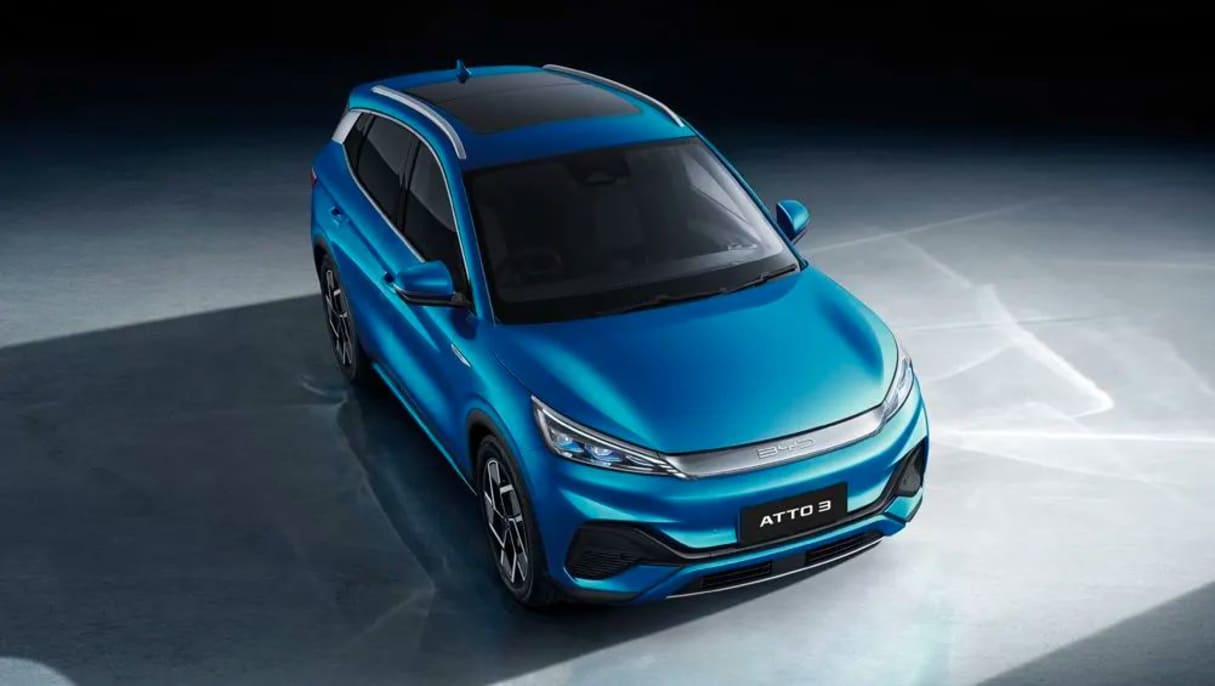
“The Volkswagen Group’s mission is to be the leading global provider of sustainable and individual mobility. By 2030, 50 per cent of vehicles produced by the Volkswagen Group will be EVs. By 2040 that will be closer to 100 per cent. By that time all of our global production plants will have long since been carbon neutral. Our company will establish a single unified battery format produced at its own purpose built factories. The Volkswagen Group has designated A$115 billion for the development of future technologies by 2025. That comprises some 50 per cent of the company’s total investments.”
It’s been asked if a conflict with China could affect the owners of Chinese cars? The answer to that is a conflict with China would affect all owners of all new cars. The shortage in semiconductor chips now causing enormous delays in vehicles across all brands, Chinese or not, has proven this.
As for the 2032 top 10, well the beauty and danger of writing a story which will be published on the internet is that it will be here to read in 2032. Time will tell.





.jpg)
.jpg)

.jpg)
_0.jpg)


.jpg)




.jpg)



.jpg)






